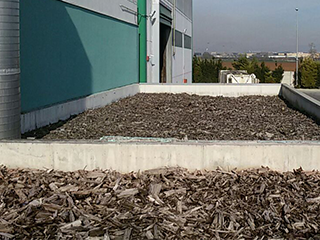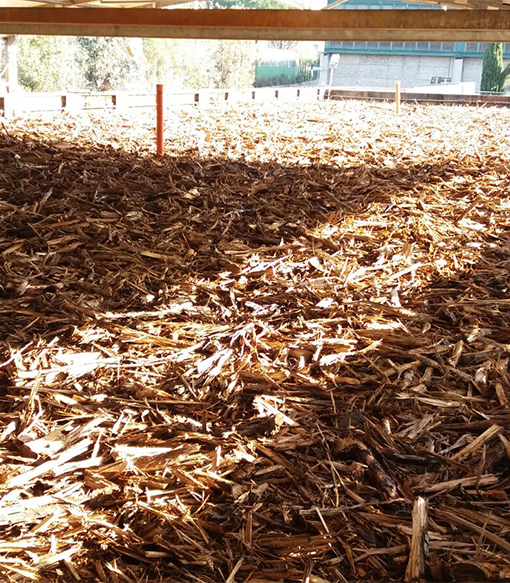
Biofiltration
Aim
The Biofiltration aim is the atmospheric depollution with biologic oxidation: contemned air is passed through a medium in which there are some microorganisms able to decompose pollutants using them as nutrients.
Solution
The system can obtain the same results than the combustion, but the VOC oxidation to dioxide doesn’t happen thermally but biologically; if the compounds have sulphur, nitrogen or chloride, so the by-products of oxidation are mineral salts.
Biofilters & Biofiltering Materials
Biofilters & Biofiltering Materials
Money Saving
These applications are economically cheaper than combustion systems both in the construction and in the maintenance, but they still require a good design to demonstrate an optimal use.
Specific solutions for every need
Biofilters management can be very complex, because of the connected variables in the correct depollution are many and all important.
Use of biofiltration
Generally, biofiltration is used with air fluxes that contain a low concentration of pollutants, usually lower than 1000 ppm, and most applications treat streams with a variable concentration between 5 and 500 ppm.

- Reduction of ALCOLI 90%
- Reduction of ETERI 85%
- Reduction of ALDEIDI 80%
- Reduction of CHETONI 90%
Results are excellent
The efficiency of VOC degradation exceeds 95% and for this biofilters are used to delay a lot of organic pollutants characterized by an unbearable odour. Alcohols, ethers, aldehydes and ketones are rapidly biodegraded, alkanes take longer, but aromatic compounds need an even greater oxidation time; also sulphur compounds can also be easily treated, while organ halogen compounds have great difficulty.
